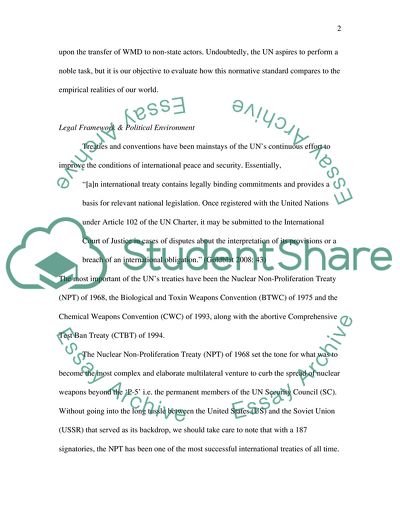Cite this document
(The United Nations and Weapons of Mass Destruction: Limiting Coursework - 1, n.d.)
The United Nations and Weapons of Mass Destruction: Limiting Coursework - 1. https://studentshare.org/politics/1717069-essay
The United Nations and Weapons of Mass Destruction: Limiting Coursework - 1. https://studentshare.org/politics/1717069-essay
(The United Nations and Weapons of Mass Destruction: Limiting Coursework - 1)
The United Nations and Weapons of Mass Destruction: Limiting Coursework - 1. https://studentshare.org/politics/1717069-essay.
The United Nations and Weapons of Mass Destruction: Limiting Coursework - 1. https://studentshare.org/politics/1717069-essay.
“The United Nations and Weapons of Mass Destruction: Limiting Coursework - 1”. https://studentshare.org/politics/1717069-essay.


